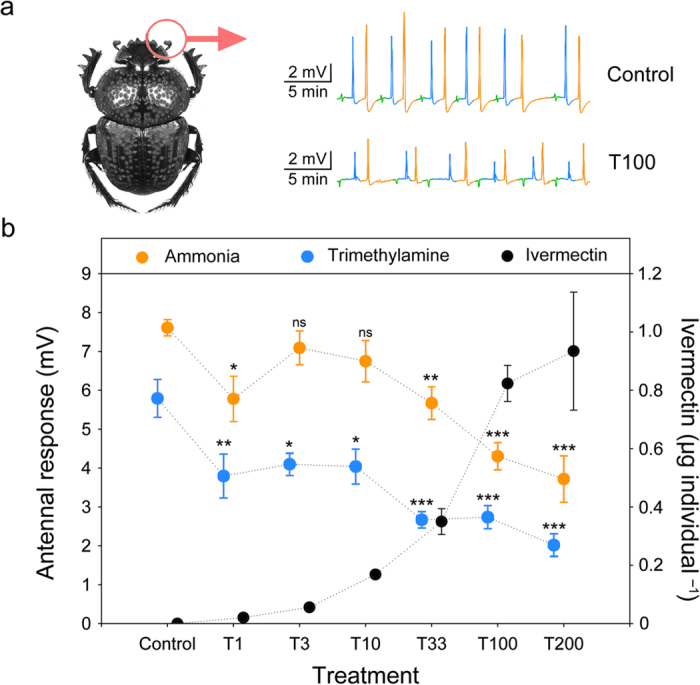Figure 1. Ivermectin decreases the olfactory response of Scarabaeus cicatricosus.

(a) Electroan-tennography recordings of an ivermectin-free individual (control) and an individual treated with application of ivermectin in dung (100 μg kg–1 dung (fresh weight)) after exposure to hexane as a standard reference compound (green line) and two model odorants: ammonia (orange line) and trimethylamine (blue line). (b) Mean (±s.e.m.) data showing the effect of different ivermectin doses on sensitivity to ammonia (orange dots) and trimethylamine (blue dots). Six concentrations of 1.0, 3.3, 10.0, 33.3, 100.0, and 200.0 μg kg–1 dung (fresh weight) plus an untreated control were used. Black dots correspond to ivermectin ingested for each treatment (*P < 0.05, **P < 0.01, ***P < 0.001, post-hoc Dunnet’s test). Photo credit: José R. Verdú.
